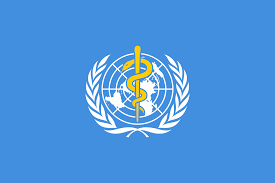Situation at a glance
In many countries of the Northern Hemisphere, trends in acute respiratory infections increase at this time of year. These increases are typically caused by seasonal epidemics of respiratory pathogens such as seasonal influenza, respiratory syncytial virus (RSV), and other common respiratory viruses, including human metapneumovirus (hMPV), as well as mycoplasma pneumoniae. Many countries conduct routine surveillance for acute respiratory infections and common respiratory pathogens. Currently, in some countries in the temperate Northern hemisphere, influenza-like illness (ILI) and/or acute respiratory infection (ARI) rates have increased in recent weeks and are above baseline levels, following usual seasonal trends. Seasonal influenza activity is elevated in many countries in the Northern hemisphere. Where surveillance data is available, trends in RSV detections currently vary by region with decreases reported in most regions except in North America. Recently, there has been interest in hMPV cases in China including suggestions of hospitals being overwhelmed. hMPV is a common respiratory virus found to circulate in many countries in winter through to spring, although not all countries routinely test and publish data on trends in hMPV . While some cases can be hospitalized with bronchitis or pneumonia, most people infected with hMPV have mild upper respiratory symptoms similar to the common cold and recover after a few days.
Read more https://www.who.int/emergencies/disease-outbreak-news/item/2025-DON550

